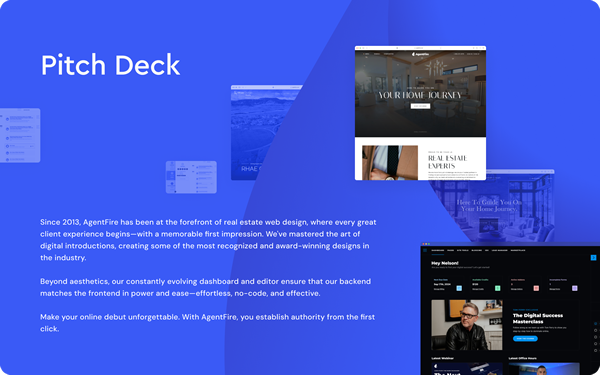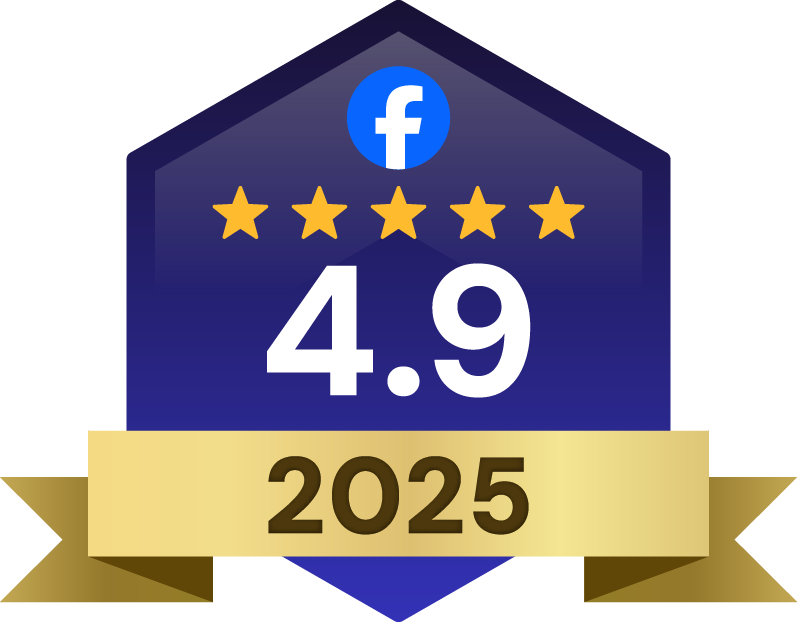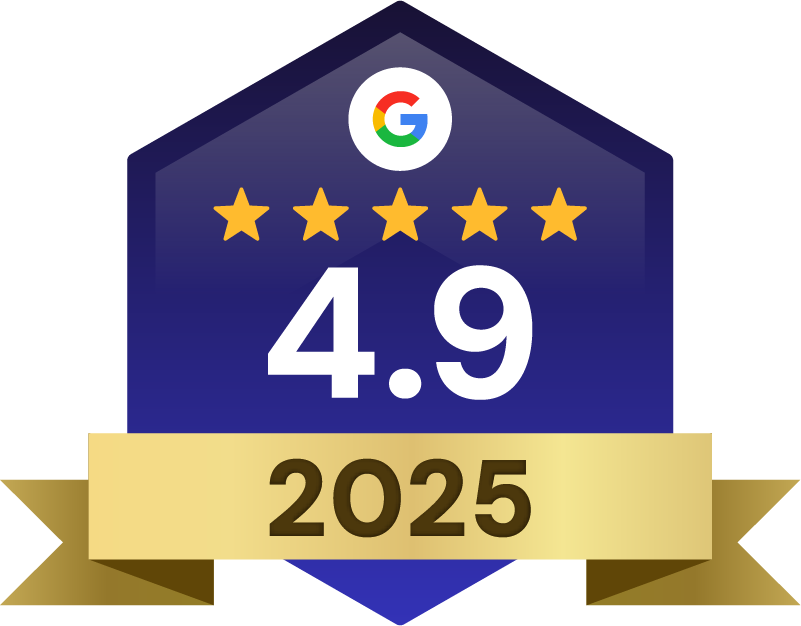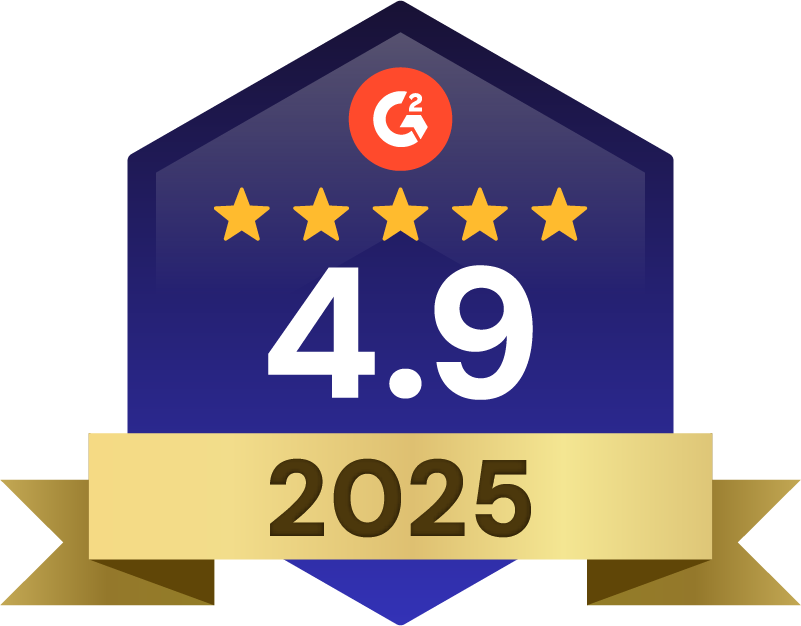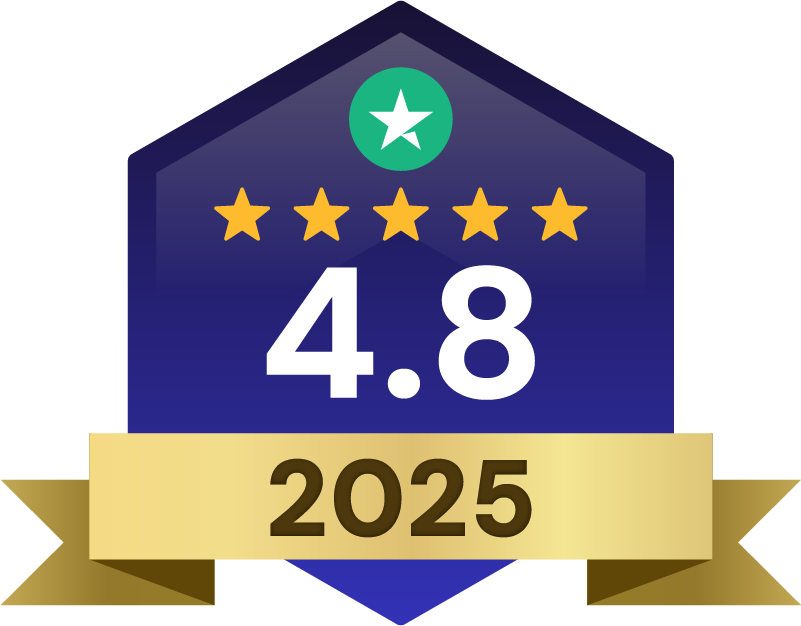Explore the best neighborhood landing page strategies for real estate marketing to capture leads, boost SEO, and highlight local expertise.
Content Marketing Technology
Most real estate agents create generic websites that try to appeal to everyone and end up connecting with no one. The agents who dominate their markets take a different approach. Instead, they build dedicated pages for each neighborhood they serve.
Neighborhood landing pages transform how you attract and convert local leads by positioning you as the go-to expert for specific communities instead of just another agent competing citywide. This guide covers everything from building your first page to scaling across multiple communities while avoiding the common mistakes that kill conversions.
What Is a Neighborhood Landing Page?
A neighborhood landing page is a web page that focuses entirely on one specific area, community, or subdivision instead of your general real estate services. Think of it as your digital storefront for a particular neighborhood where you showcase everything a buyer or seller wants to know about that location.
Unlike your main website that covers your entire service area, neighborhood pages zoom in on what makes each community unique. They highlight local schools, parks, restaurants, market trends, and available homes within those specific boundaries.
The difference comes down to search intent. When someone types “Riverside homes for sale” into Google, they’re already interested in that exact area and likely further along in their buying journey than someone searching for “real estate agent.”
Why Neighborhood Pages Drive Hyperlocal SEO and Leads
Google loves location-based content, especially for real estate searches. When potential clients search for homes in a specific neighborhood, Google wants to show the most relevant local results first, not generic real estate websites.
Here’s where neighborhood landing pages become powerful. Instead of competing against every agent in your city for broad terms like “real estate agent,” you’re positioning yourself as the expert for specific communities where competition is much lighter.
The leads you get from neighborhood pages are also higher quality. Someone browsing your “Westfield Heights” page has already decided they want to live in that area. They’re not just window shopping anymore.
- Local Search Dominance: You capture searches like “homes for sale in [neighborhood]”
- Buyer Intent: Visitors arrive already interested in a specific area, making them much easier to convert
- Agent Authority: You become the go-to expert for each community instead of just another generic agent
How They Outperform General Real Estate Pages
Neighborhood-specific pages typically convert 2-3 times better than generic property pages. The focused content resonates with visitors who have already narrowed down their location preferences, so they’re ready to take the next step.
Search engines also favor neighborhood pages because they provide exactly what users want. Instead of broad, generic content that could apply anywhere, you’re delivering specific information about the area they care about.
Key Elements of a High-Converting Neighborhood Page
The most effective neighborhood landing pages follow a proven structure that builds trust while guiding visitors toward contacting you. Here’s what works best:
Compelling Above-the-Fold Headline
Your headline sets expectations immediately and tells visitors they’re in the right place. Effective formulas include “[Neighborhood Name] Real Estate Expert” or “Your Complete Guide to [Community Name] Homes.”
The best headlines combine the neighborhood name with a clear value proposition. This tells visitors exactly what they’ll gain from spending time on your page.
Interactive Map and Market Stats
An embedded map showing neighborhood boundaries builds instant credibility and helps visitors visualize the area. Include recent sales data, average home prices, and days on market to demonstrate your market knowledge.
School district information and walkability scores add valuable context that buyers actively research. This data positions you as the informed local expert who knows the numbers that matter.
IDX-Powered Listings Feed
IDX integration displays current available properties within the neighborhood automatically. This keeps your page fresh with new listings without you having to manually update anything.
The search functionality allows visitors to filter by price, bedrooms, and other criteria while staying on your page instead of clicking away to Zillow or Realtor.com.
Local Lifestyle Photos and Videos
Authentic neighborhood photos showcase parks, restaurants, shopping areas, and community events. These images help visitors visualize what living in the area would actually be like.
Skip generic stock photos that could represent anywhere. Instead, capture the unique character and amenities that make each neighborhood special and different from surrounding areas.
Social Proof and Recent Deals
Client testimonials from residents of that specific neighborhood carry more weight than general reviews. Include photos and specific details about their experience buying or selling in that community.
Recent transaction highlights show your active involvement in the neighborhood. Even without specific addresses, you can mention “Recently sold a beautiful colonial on Oak Street” to demonstrate current market activity.
Clear Call to Action
Focus on one primary action like “Get Your Free Market Report” or “Schedule a Neighborhood Tour.” Multiple competing calls-to-action confuse visitors and reduce conversions significantly.
The most effective CTAs offer immediate value in exchange for contact information rather than asking for a generic consultation that could happen anywhere.
Step-by-Step Process to Build Your First Page
Creating your first neighborhood landing page might seem overwhelming, but breaking it into manageable steps makes the process much more straightforward.
Step 1: Keyword and Market Research
Start by researching how people actually search for your target neighborhood. Use Google’s Keyword Planner to find terms like “[Neighborhood] homes for sale” or “[Community] real estate agent.”
Next, analyze competitor pages that rank for those terms. Look at their content structure, the information they include, and gaps you can fill better than they do.
Step 2: Gather Visual Assets and Data
Collect high-quality photos of the neighborhood’s best features. Drive through the area during different times of day to capture various lighting conditions and activity levels.
Compile recent market statistics from your MLS, including median home prices, average days on market, and price trends over the past year. This data becomes the foundation of your market expertise.
Step 3: Draft SEO-friendly Copy
Write unique descriptions highlighting what makes this neighborhood special compared to surrounding areas. Include location-based keywords naturally throughout the content without stuffing them in awkwardly.
Focus on lifestyle benefits like “tree-lined streets perfect for morning walks” rather than generic descriptions that could apply to any suburban neighborhood.
Step 4: Design Layout in a Page Builder
Choose a mobile-responsive template that loads quickly on all devices. Organize content in scannable sections with clear headings and plenty of white space between different elements.
Test the page speed using Google’s PageSpeed Insights tool. Slow-loading pages hurt both user experience and search rankings, especially on mobile devices.
Step 5: Add Tracking Pixels and Launch
Install Google Analytics and conversion tracking before going live. Set up goals for form submissions, phone calls, and other actions you want visitors to take.
Connect lead capture forms to your CRM system so new contacts automatically enter your follow-up sequences without manual data entry.
Scaling Pages Across Every Community Without Duplicate Content
The biggest challenge with multiple neighborhood pages is avoiding duplicate content penalties while maintaining efficiency in your content creation process.
1. Template with Dynamic Content Blocks
Create a flexible page structure with sections you can customize for each neighborhood. Use the same layout but vary the content, photos, and specific details that make each area unique.
This approach maintains brand consistency across all your neighborhood pages while allowing each one to showcase distinct community features and characteristics.
2. AI-assisted Unique Descriptions
AI tools can help generate distinct neighborhood descriptions based on local data and characteristics. However, always review and personalize AI-generated content to ensure accuracy and add your professional insights.
The goal is efficiency in content creation, not replacing your local expertise with generic content that sounds robotic.
3. Automated Internal Linking Strategy
Link related neighborhood pages together and connect them to relevant blog posts about local market trends. This creates topic clusters that search engines recognize as comprehensive local coverage.
For example, link your “Downtown District” page to your “Riverside Park” page if they’re adjacent communities with similar buyer profiles or price ranges.
How to Integrate IDX CRM and PPC Tracking
Connecting your neighborhood pages with your existing technology stack maximizes their lead generation potential and streamlines your follow-up process.
1. Embed IDX Search Widgets
Add property search functionality specific to each neighborhood’s boundaries. This keeps visitors engaged on your site instead of sending them to third-party portals where you lose control.
Enable saved searches and listing alerts so visitors can receive automatic updates about new properties in their area of interest.
2. Capture Lead Data to Your CRM
Route neighborhood-specific leads to targeted follow-up sequences based on their location interest. Someone interested in “Family-Friendly Suburbs” receives different content than someone browsing “Urban Condos.”
Tag leads with their neighborhood preference so you can send relevant market updates and new listings that match their specific location criteria.
3. Sync Conversion Events to Ad Platforms
Track which neighborhoods generate the most qualified leads to optimize your advertising budget allocation. If your “Lakefront Properties” page converts at 15% while others convert at 5%, you can allocate more budget to promoting that community.
This data helps you identify which areas have the highest buyer demand and adjust your marketing focus accordingly for maximum ROI.
Metrics That Show Your Pages Are Working
Monitor these key performance indicators to measure your neighborhood landing pages’ effectiveness and identify areas for improvement.
Organic Traffic and Keyword Rankings
Track your search visibility for target neighborhood keywords on a monthly basis. Google Search Console shows which terms drive traffic to each page and how your rankings change over time.
Rising rankings for “[Neighborhood] real estate” and related terms indicate growing search authority in that specific area.
Lead Conversion Rate
Measure what percentage of visitors submit contact information or request more details about the neighborhood. Compare performance across different neighborhoods to identify which communities generate the highest-quality leads for your business and deserve more marketing attention.
Time on Page and Scroll Depth
Visitors spending 2-3 minutes on your page and scrolling through most content show strong engagement with your material. These metrics indicate your content resonates with the target audience.
Low engagement suggests the content needs improvement or the traffic source isn’t well-matched to the page content.
Common Mistakes to Avoid When Creating Neighborhood Pages
Learning from others’ mistakes saves time and prevents ranking penalties that can hurt your search visibility.
Thin or Duplicate Content
Each neighborhood page needs substantial, unique content that provides real value to visitors. Simply changing the neighborhood name in a template creates duplicate content issues with search engines.
Aim for 800-1200 words of original content per page, including specific details about amenities, schools, and market conditions that make each area unique.
Slow Mobile Performance
Many real estate searches happen on mobile devices, so pages that load slowly on phones lose visitors before they can convert into leads.
Optimize images, minimize plugins, and test mobile speed regularly. A page that takes more than 3 seconds to load will lose most mobile visitors to faster-loading competitor pages.
Confusing or Multiple CTAs
Too many options paralyze visitors and prevent them from taking any action at all. Focus on one clear next step rather than offering five different ways to contact you.
The most effective pages guide visitors through a logical flow toward one specific action that makes sense for their stage in the buying or selling process.
Next Moves to Dominate Hyperlocal Markets with AgentFire
AgentFire’s Area Guides feature automates much of the neighborhood landing page creation process while maintaining the customization you need for each community. The platform generates AI-powered area descriptions, integrates local market data, and includes interactive maps for every community in your market.
With white-glove setup and ongoing content updates, you can launch comprehensive neighborhood coverage without spending weeks building each page manually. The system includes built-in IDX integration, lead capture forms, and CRM connectivity to maximize conversion potential from every visitor.
Ready to dominate your hyperlocal market with professional neighborhood landing pages? Schedule a demo to see how AgentFire can accelerate your local market authority and lead generation.
FAQs About Neighborhood Landing Pages
How many neighborhood pages should I launch first?
Start with three to five of your most active neighborhoods to test effectiveness and refine your approach before expanding to other areas. This allows you to perfect your process and identify what resonates best with your local market before scaling up.
Should I place neighborhood pages in subfolders or subdomains?
Use subfolders on your main domain to maintain SEO authority and ensure all neighborhood content benefits your primary website rankings. Subdomains are treated as separate sites by search engines, which dilutes your overall domain strength and authority.
How often do I need to update local market data?
Update market statistics and listings monthly, while refreshing lifestyle content and photos seasonally to maintain relevance and search visibility. Regular updates signal to search engines that your content stays current and valuable to users.

